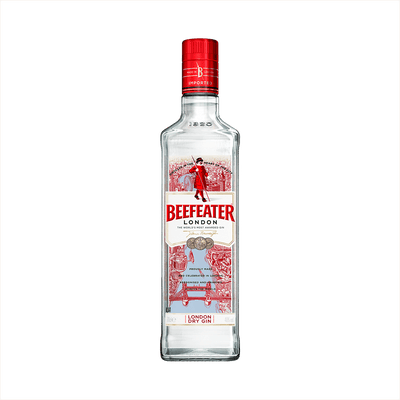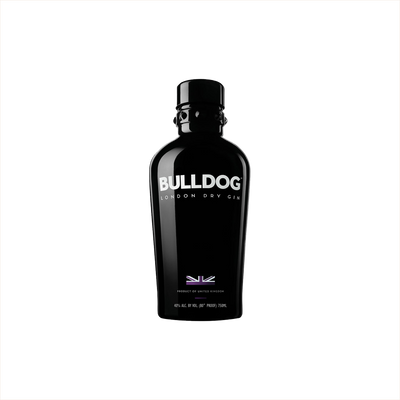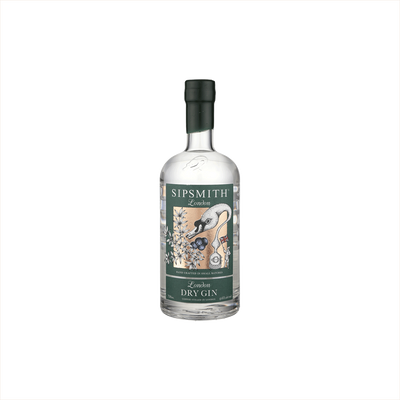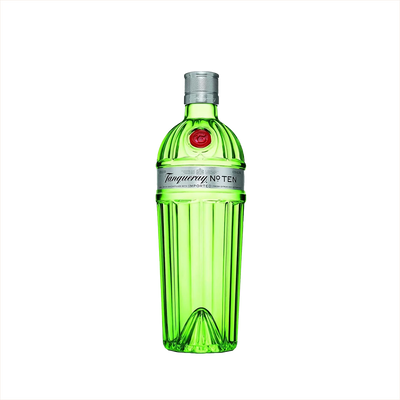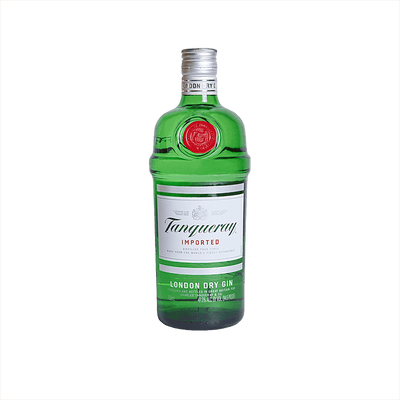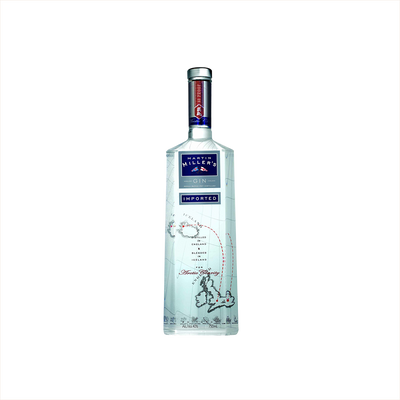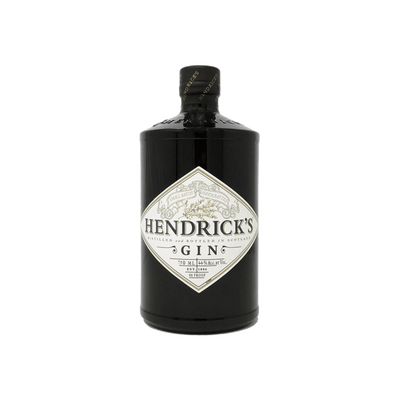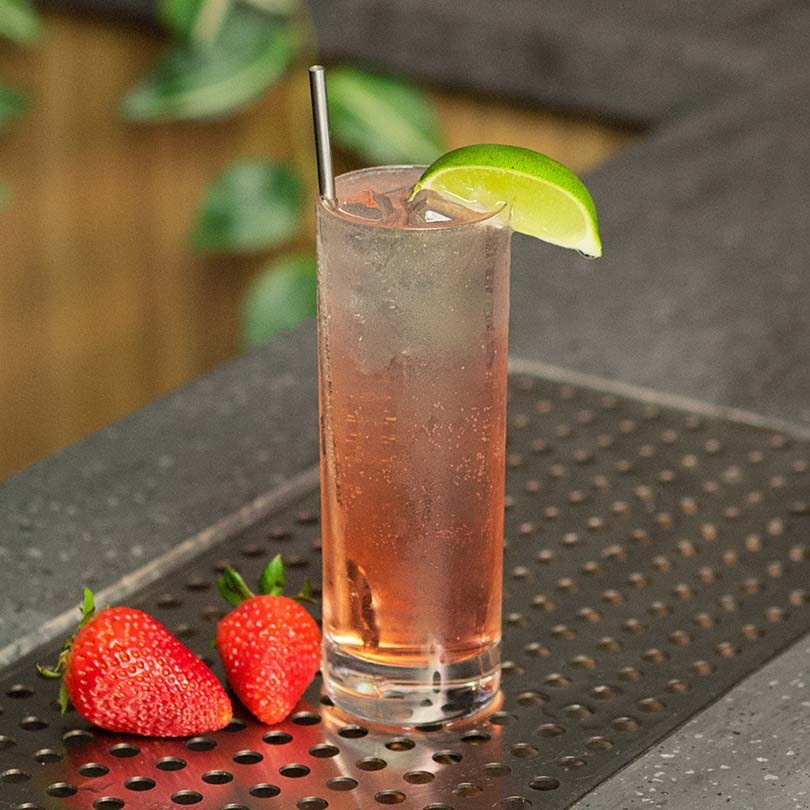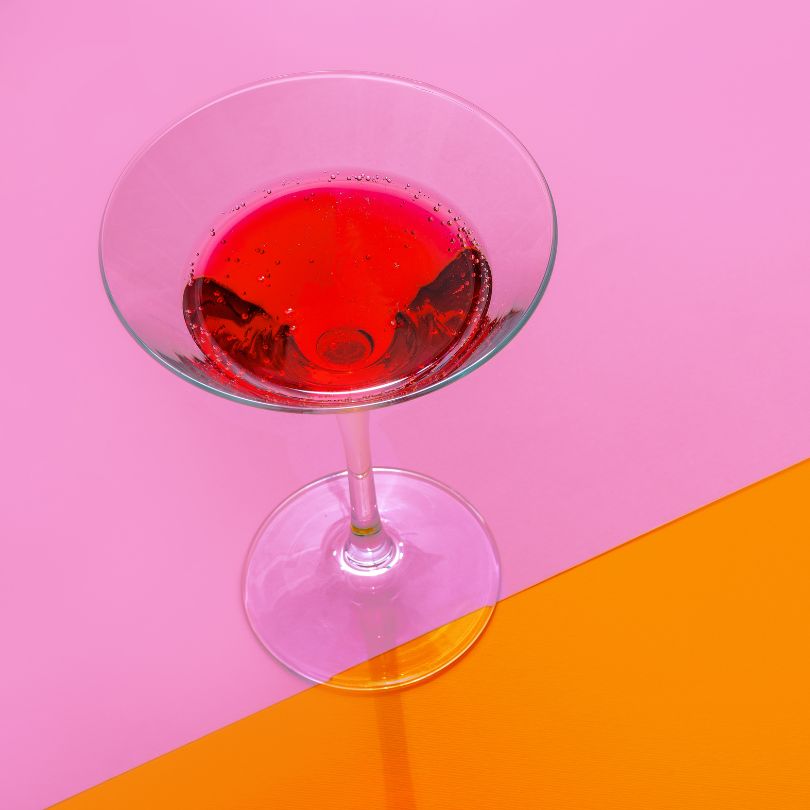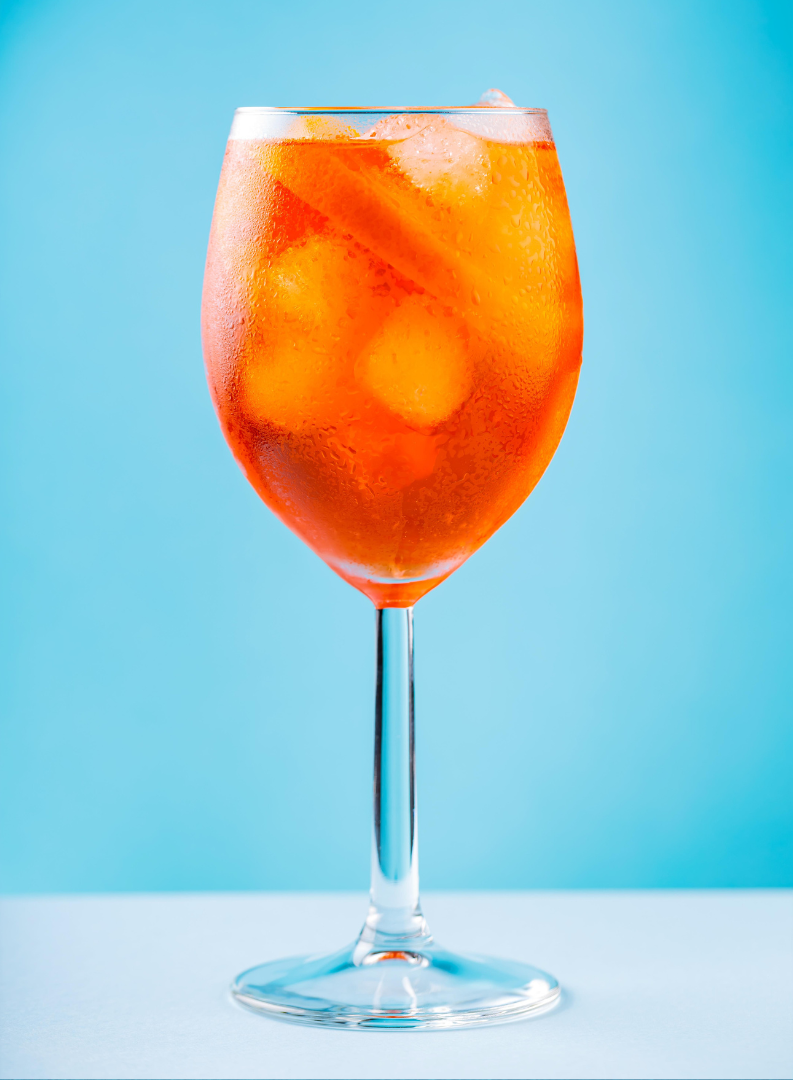Classic London Dry Gin
What is Classic London Dry Gin?
Classic London Dry Gin represents the traditional style of London Dry Gin that follows strict production rules requiring all botanicals to be added during distillation, with no artificial flavors or colors permitted after distillation. This style must maintain a predominantly juniper flavor profile while keeping sugar content below 0.1 grams per liter, creating the crisp, clean, and botanical-forward character that defines the category. The "classic" designation refers to gins that honor these time-tested methods and flavor profiles that have made London Dry the gold standard for gin production worldwide.
Learn More About Classic London Dry Gin
What makes Classic London Dry Gin unique?
Classic London Dry Gin stands apart from other London Dry styles through its adherence to traditional juniper-forward profiles and time-tested botanical combinations that defined the category centuries ago. While modern London Dry expressions often push boundaries with exotic botanicals or contemporary flavor profiles, Classic London Dry maintains the original blueprint of prominent juniper, coriander, angelica root, and citrus peel that British distillers perfected. This traditionalist approach produces a gin with clean, crisp juniper intensity and balanced herbal complexity that serves as the gold standard for what London Dry should taste like.
How is Classic London Dry Gin made?
Classic London Dry Gin starts with a neutral grain spirit that gets redistilled with juniper berries and other botanicals like coriander, angelica root, and citrus peels. The botanicals can be steeped directly in the spirit before distillation or suspended in baskets above the liquid so the alcohol vapors pass through them during the process. Most importantly, London Dry regulations require that no artificial flavors or colors be added after distillation, and any sweetening must be minimal – less than 0.1 grams of sugar per liter.
How do you drink Classic London Dry Gin?
Classic London Dry Gin shines brightest in cocktails, where its botanical complexity can play with other ingredients rather than standing alone neat or on the rocks. You'll find it anchoring iconic drinks like the Gin & Tonic, Martini, Negroni, and Tom Collins, where its crisp juniper backbone provides structure while allowing citrus, herbs, and mixers to complement its profile. The clean, dry character makes it perfect for refreshing summer cocktails and sophisticated year-round sippers, though it's particularly welcome during warmer months when its bright, herbaceous notes feel most appropriate.
How do I choose good Classic London Dry Gin?
When selecting a Classic London Dry Gin, look for one with a strong juniper backbone that won't get lost in mixed drinks—brands like Beefeater, Tanqueray, or Plymouth offer that piney punch you need. Your cocktail choice should guide your decision: lighter gins work beautifully in a classic Martini where subtlety shines, while bolder, more botanical-heavy options stand up better in a Negroni or Gin & Tonic where they compete with other strong flavors. Always taste neat first if possible—a quality London Dry should be crisp and clean with juniper leading the charge, followed by a pleasant mix of botanicals that complement rather than overwhelm.
Nutritional Information
Typical Calorie Range per Ounce: 64-70 calories
Typical Carbohydrate Range per Ounce: 0 grams
Typical Sugar Range per Ounce: 0 grams
Typically Gluten Free: Yes
While most London Dry gins are considered gluten-free due to the distillation process that removes gluten proteins, those with celiac disease or severe gluten sensitivities should always check detailed product information and consult with manufacturers to confirm gluten-free status for specific brands.
Scrollled this far? Your reward? Classic London Dry Gin Trivia!
- London Dry Gin doesn't have to be made in London – or even England for that matter. This protected designation simply refers to a specific production method where all botanicals must be added during distillation, not after. You could legally make "London Dry" gin in Tokyo, Nashville, or anywhere else as long as you follow the rules. The name stuck from the 19th century when London distillers perfected this cleaner, drier style to compete with the sweeter Dutch genever.
- The "dry" in London Dry has nothing to do with how wet or dry the gin tastes. Instead, it means the gin contains no added sugar or artificial flavoring after distillation. This creates that clean, botanical-forward profile we associate with classic gin. Many people assume it refers to a lack of sweetness on the palate, but plenty of London Dry gins taste quite sweet thanks to naturally sweet botanicals like licorice root or angelica.
- Juniper berries aren't actually berries at all – they're tiny cones from the juniper tree that take two years to fully ripen. Female juniper trees produce these "pseudo-berries" that start green and turn dark blue-purple when ready. Each little sphere contains multiple seeds and provides gin's signature piney, resinous flavor. Ancient Romans used them as a spice, and medieval monks made juniper-flavored spirits for medicinal purposes centuries before gin existed.
- Classic London Dry Gin played a crucial role in preventing scurvy among British sailors, but not how you might think. While lime juice (hence "limeys") was the official scurvy prevention, sailors often mixed it with gin to make it more palatable. This combination, along with sugar and water, created an early version of the gimlet cocktail. The gin didn't prevent scurvy, but it made the medicine go down easier, potentially saving more lives by encouraging compliance with the lime juice rations.
- The copper pot stills used for London Dry Gin can actually "remember" previous distillation runs through microscopic residue that builds up over decades. Master distillers often refuse to completely clean their stills because this patina contributes subtle flavor notes that can't be replicated in brand-new equipment. Some distilleries have stills that haven't been fully stripped and cleaned in over 100 years, making each batch slightly different from what you'd get with sterile equipment.
Higher-proof spirits can be intense. Mix carefully, taste thoughtfully, and enjoy responsibly.
Gift message (optional)





